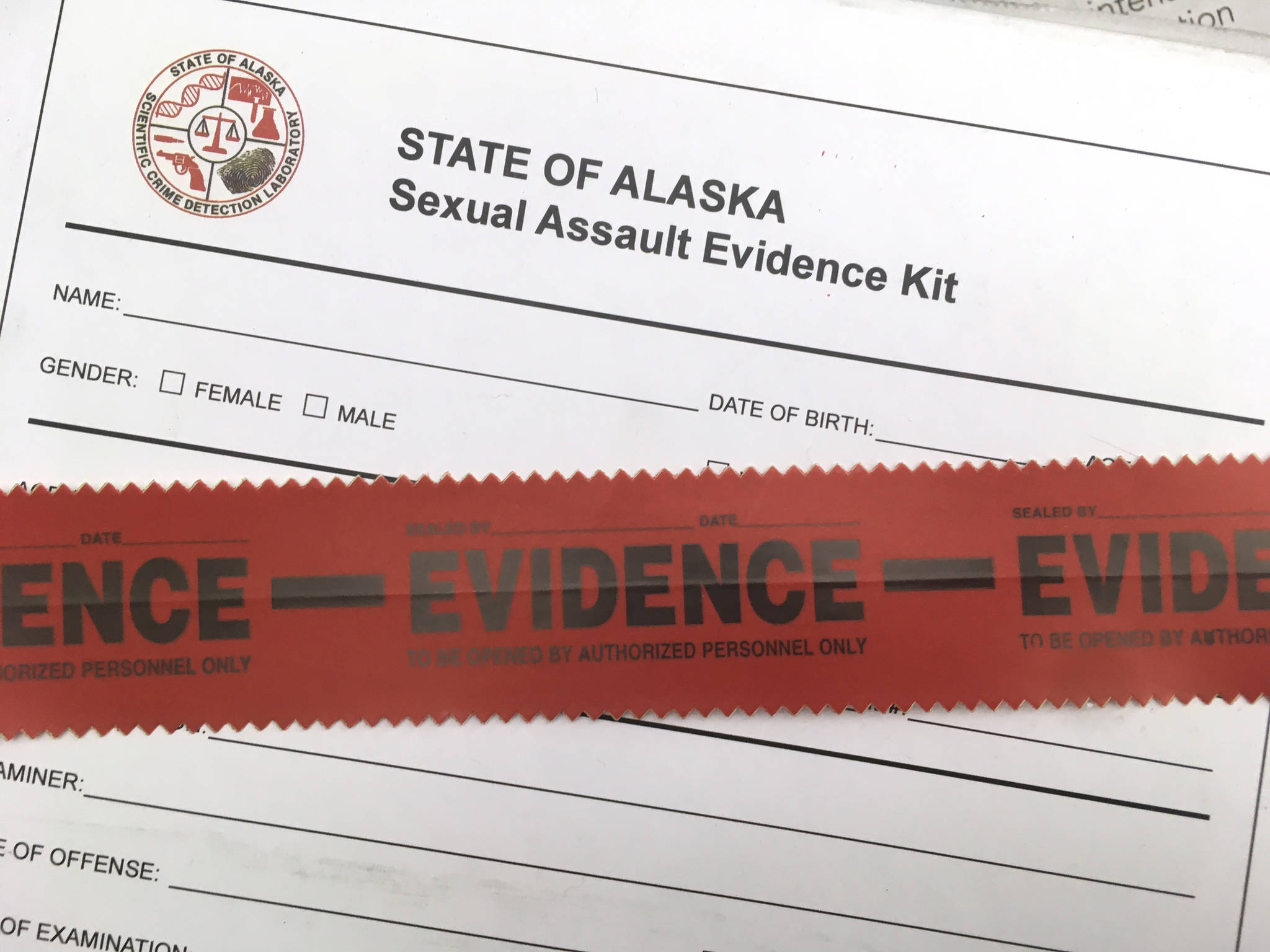Reports of felony sex offense are up nearly 20% across the state, but on the decline in the Southeast, according to a new Department of Public Safety report.
The department released its compilation of reported felony sexual offense numbers from 2018 on Wednesday, and AWARE executive director Mandy Cole said it contains reason to be cautiously optimistic.
“Data collection efforts are pretty young. Partly, I think there is a reason to be optimistic that reports from law enforcement are trending down in the Southeast,” Cole said in a phone interview. “But I think we’re going to have to gather this data for several more years.”
Issues with reporting
More than 1,762 incidents and more than 1,850 victims were reported across Alaska in 2018, considerably more than 2017. And of those, more than 55% of the victims reported were minors. Reports of felony-level sex offense incidents increased 19.5% in 2018 compared to 2017, and the number of reported victims increased 23.5%.
“I can’t speak to others, but I can specifically speak to AWARE, and we saw an increase primarily in adults identifying as sexual assault survivors,” Cole said, prefacing that by saying AWARE is only one organization and the Southeast is a large place. “As cautiously optimistic as I am about the Southeast numbers, I don’t think we can ignore the state numbers.”
[Rally and march ends the silence]
Cole said that while prevention programs by AWARE and other groups to combat sexual offenses had been gaining traction in recent years, there’s still a lot of work to do. The numbers of reported sexual offenses and the actual number of sexual offenses are unlikely at best to match each other.
“In general, reporting a sexual assault is an incredibly difficult thing for the survivor,” Cole said. “It’s a gamble whether that person will be held accountable. Criminal conviction rates for sexual offenses are nowhere near reporting rates. You do a brave and scary thing telling a stranger about the worst moment of your life and it might not do anything.”
Close to home
The region of Western Alaska reported the highest rate of felony-level sex offense incidents statewide, while Southeast Alaska reported the lowest rate. Of the victims, 88% were female, while 95% of the suspects were male.
“If you want to examine why more suspects are male and more victims are female, you have to look at what men are trained and raised to believe about women and what they’re entitled to with respect to their bodies,” Cole said. “It feels more comfortable to believe it’s disturbed strangers, but what it really is is the people in our families and our personal lives.”
Family members and acquaintances were far and away the largest portion of the suspects, with 93% of suspects being family or acquaintances. For victims under 11, the percentage of the suspects who were known or related to the victim grows to 98%.
[Show brings stories of gender-based violence to the stage]
“Seventy-five percent of incident locations were reported as a home,” Cole said. “We’re teaching people to keep their keys pointed out in the parking garage, but these things are happening in homes, on dates, with family.”
Reporting an offense
“We want to encourage people to report. We do know that there’s a lot of sex crimes that happen and people don’t report. We try to encourage people,” said Lt. Krag Campbell of the Juneau Police Department. “You’re the victim of a crime and we’re gonna do everything we can to support you.”
Campbell encouraged the survivors of sexual offenses, if able, to call 911 as quickly as possible to preserve possible evidence.
The JPD, hospital staff, and organizations like AWARE work together with the survivor to form a sexual assault support team, to both aid the survivor and investigate the case.
“We always encourage people to report right away because a sex offense is a crime and there’s usually evidence that’s fleeting in that time,” Campbell said. “There’s evidence that goes away and is lost.”
• Contact reporter Michael S. Lockett at 757.621.1197 or mlockett@juneauempire.com.

